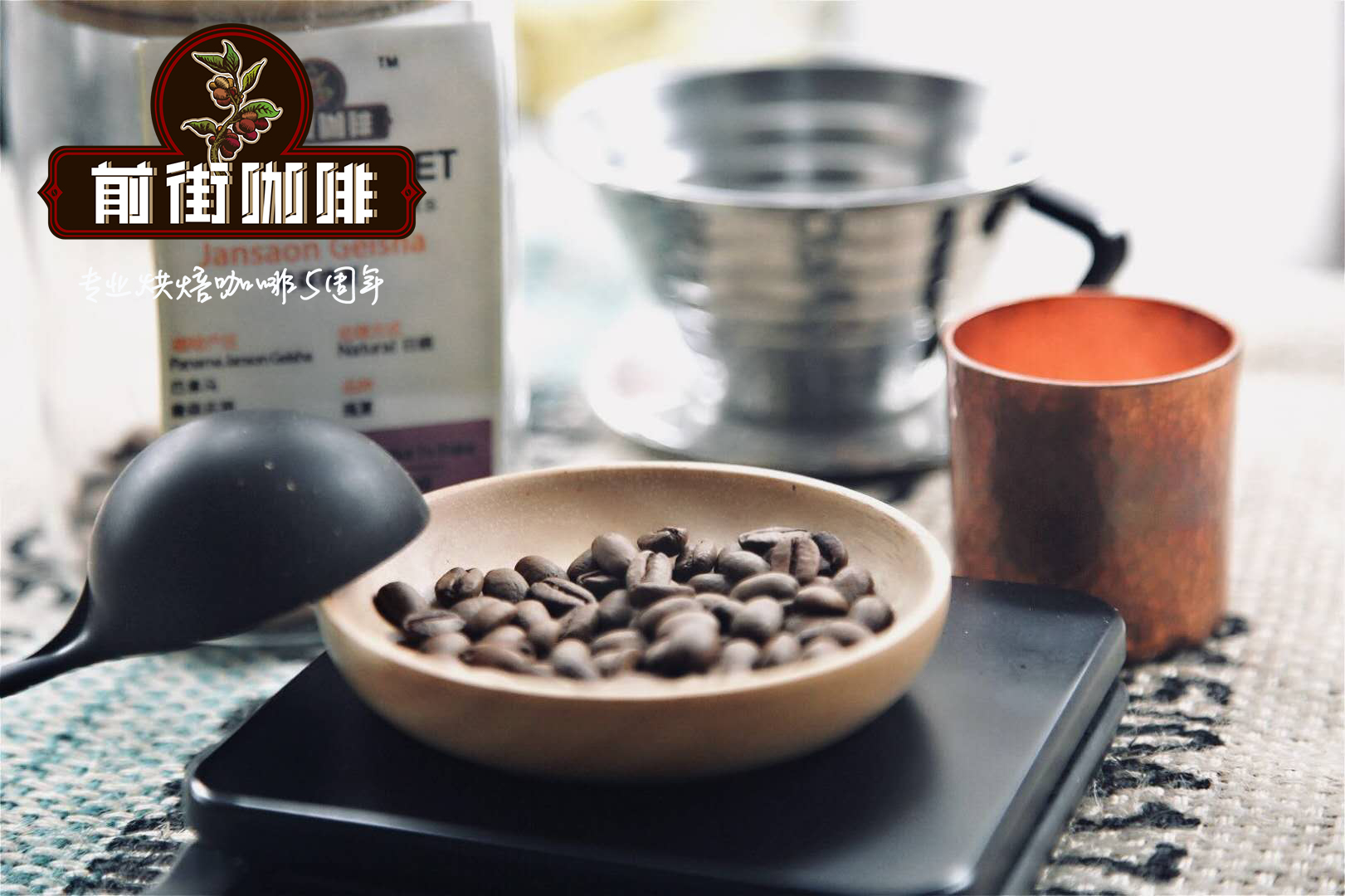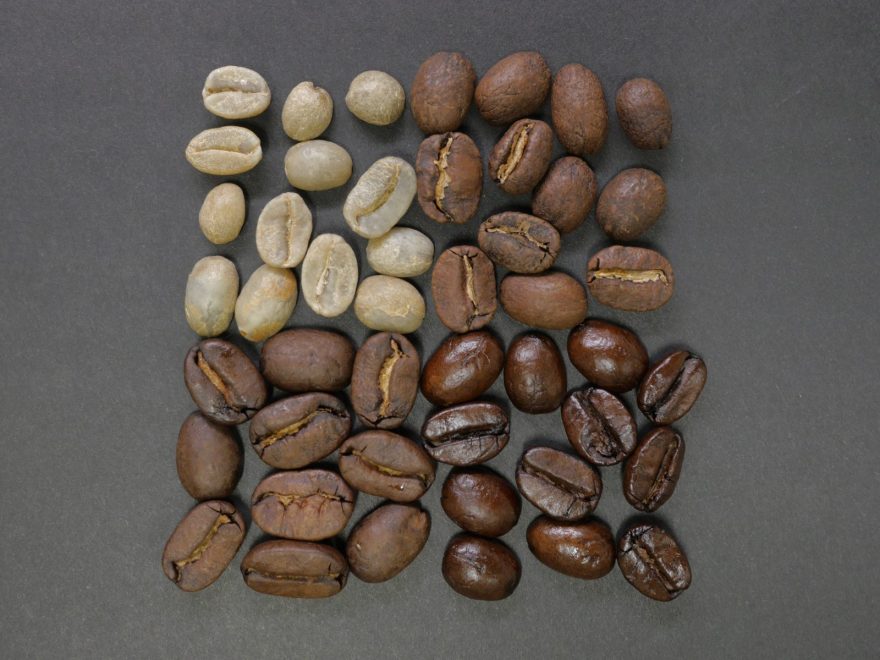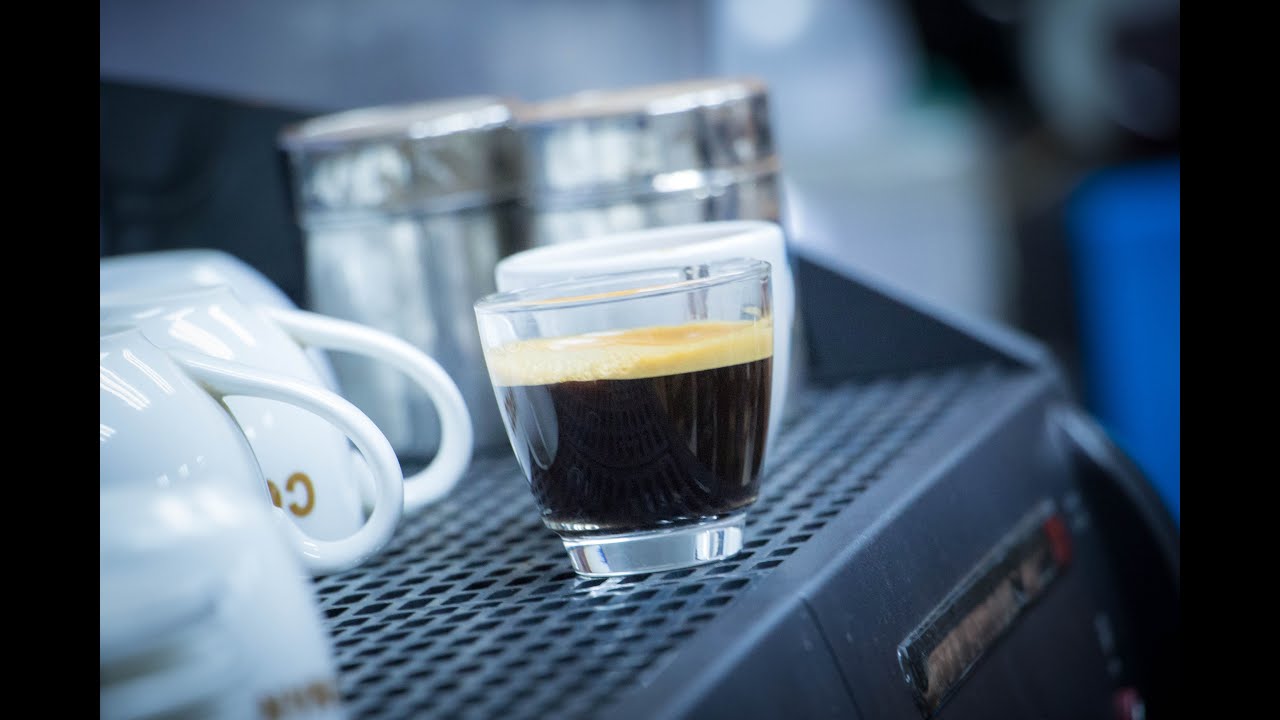What does arabica coffee mean? why is everyone playing Arabica coffee?

Professional coffee knowledge exchange more coffee bean information please follow the coffee workshop (Wechat official account cafe_style)
Now more and more places are labeled with the name 100% Arabica, and even many people in the industry say that almost all coffee is Arabica, so Abuarabica is not important at all, pointing out that this statement is wrong. and come to the conclusion that all good coffee is grown in Arabica, but it does not mean that all Arabica coffee is good coffee.
From Ethiopia to East Africa, coffee varieties have experienced about 1300 years of development and evolution. Experienced Yemen, India, Java, the Netherlands, Paris, Bourbon, Martinique Island, Haiti, Mexico, Brazil and other Central and South American countries.
Common coffee trees are divided into two main categories, Arabica (Arabica) and Robusta (Robusta). There are also many small species under it, so we won't say that some kind of coffee is Arabica or Robbosa beans, but with subdivided coffee beans.
Arabica Arabica
All the world's high-quality coffee comes from Arabica, accounting for about 70% of the world's coffee production. It is rich in flavor, high-quality acidity and flower fragrance, but the planting conditions are harsh, need to be planted in high-altitude areas, the growth is relatively slow, and very easy to be infected with diseases and insect pests.
Robusta Robusta
Robustadow is planted at low elevations and has no high requirements for the natural environment for growth. its yield is twice that of Arabica trees, so it is easy to grow and has strong resistance to diseases and insect pests. As the content of chlorogenic acid and trigonelline (the source of bitterness in coffee) in Robusta is twice that of Arabica, and the content of caffeine is also high, so the taste is natural and bitter, most of them will not drink alone, and it is the main raw material of instant coffee. Some Italian coffee will also be mixed with a certain proportion of robusta for better performance of espresso fat.
End
Important Notice :
前街咖啡 FrontStreet Coffee has moved to new addredd:
FrontStreet Coffee Address: 315,Donghua East Road,GuangZhou
Tel:020 38364473
- Prev

There are five ways to preserve coffee beans correctly. Can coffee beans be kept in the refrigerator?
Professional coffee knowledge exchange more coffee bean information please follow the coffee workshop (Wechat official account cafe_style) when we get home from work or wake up in the morning, making such a cup of coffee often makes us feel lucky in life, but we must make sure that the coffee we use is fresh in order not to let this stain and spoil the good time of enjoying coffee.
- Next

What is the mediocre American black coffee Americano-do you really know it?
Professional coffee knowledge exchange more information about coffee beans Please follow the coffee workshop (Wechat official account cafe_style) compared with lattes, American coffee (Americano,LongBlackLungo) appears to be somewhat thankless. A cup of espresso Espresso heats water in a variety of ways. There are also many factors to consider, but there is no visual sense like the latte.
Related
- Beginners will see the "Coffee pull flower" guide!
- What is the difference between ice blog purified milk and ordinary milk coffee?
- Why is the Philippines the largest producer of crops in Liberia?
- For coffee extraction, should the fine powder be retained?
- How does extracted espresso fill pressed powder? How much strength does it take to press the powder?
- How to make jasmine cold extract coffee? Is the jasmine + latte good?
- Will this little toy really make the coffee taste better? How does Lily Drip affect coffee extraction?
- Will the action of slapping the filter cup also affect coffee extraction?
- What's the difference between powder-to-water ratio and powder-to-liquid ratio?
- What is the Ethiopian local species? What does it have to do with Heirloom native species?

